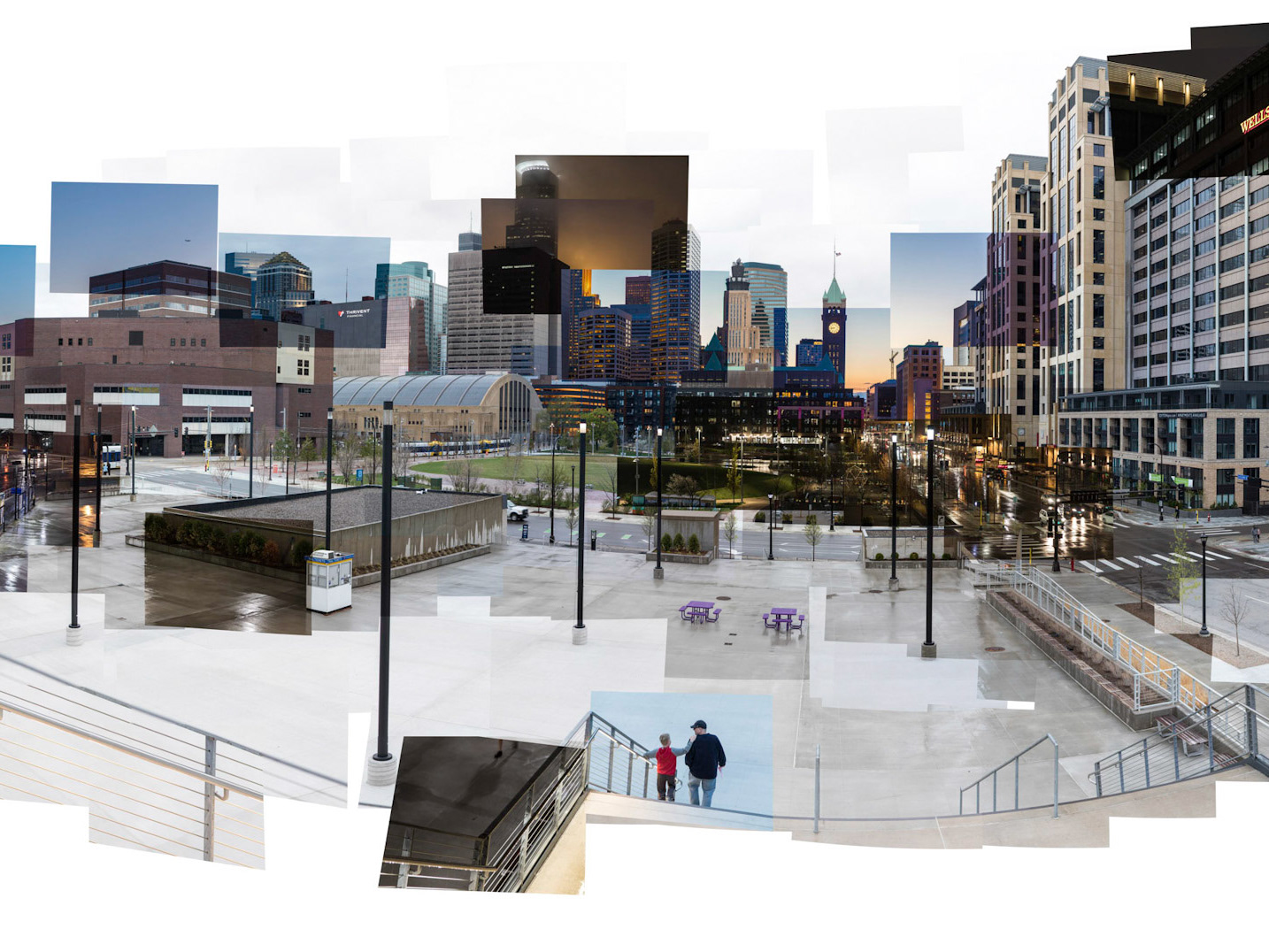“Beyond the functional considerations for visibility, lighting is also psychological. ‘It plays a huge factor in how a person perceives the workplace,’ says Jennifer Woofter, president of Strategic Sustainability Consulting. Studies have shown that happier workers are more industrious, their impression of the company is higher, and they have lower absenteeism or turnover rates. The right fixtures can even foster creatvity, boost morale, and encourage communication. A little mood lighting is good for the bottom line.”
-Jennie Morton, BUILDINGS
“High-intensity LED lighting designs emit a large amount of blue light that appears white to the naked eye and create worse nighttime glare than conventional lighting. Discomfort and disability from intense, blue-rich LED lighting can decrease visual acuity and safety, resulting in concerns and creating a road hazard.”
-American Medical Association
“In addition to its impact on drivers, blue-rich LED streetlights operate at a wavelength that most adversely suppresses melatonin during night. It is estimated that white LED lamps have five times greater impact on circadian sleep rhythms than conventional street lamps. Recent large surveys found that brighter residential nighttime lighting is associated with reduced sleep times, dissatisfaction with sleep quality, excessive sleepiness, impaired daytime functioning and obesity.”
-American Medical Association
“Fluorescent lighting was not meant to come into such general use: it was a temporary, emergency feature that was only ever intended to keep factories working 24 hours a day during the second world war.”
-Michaele Wynn-Jones, International Association of Colour
“Excessive outdoor lighting disrupts many species that need a dark environment. For instance, poorly designed LED lighting disorients some bird, insect, turtle and fish species”
-American Medical Association
“According to a research summary of CFLs’ effect on stress reactions, the spectral composition from CFL bulbs directly triggers a fight or flight response via hormones, biorhythm disruption, and stimulation of the brain’s arousal center. Research consistently demonstrates fluorescent lights raise stress markers, such as reduced heart rate variability, raised blood pressure, increased skin conductance, stronger startle response, reduced drop in body temperature during sleep, increased cortisol, and reduced slow wave sleep”
-Psychology Today
In this second part of the project, I selected utilitarian environments to light in interesting and creative ways. The use of remote-fired colored flashes was combined with multiple exposure blending to completely eliminate the a space's normal lighting and replace it with my own. It is intended as a further study of how light affects our perception of place and environment.




